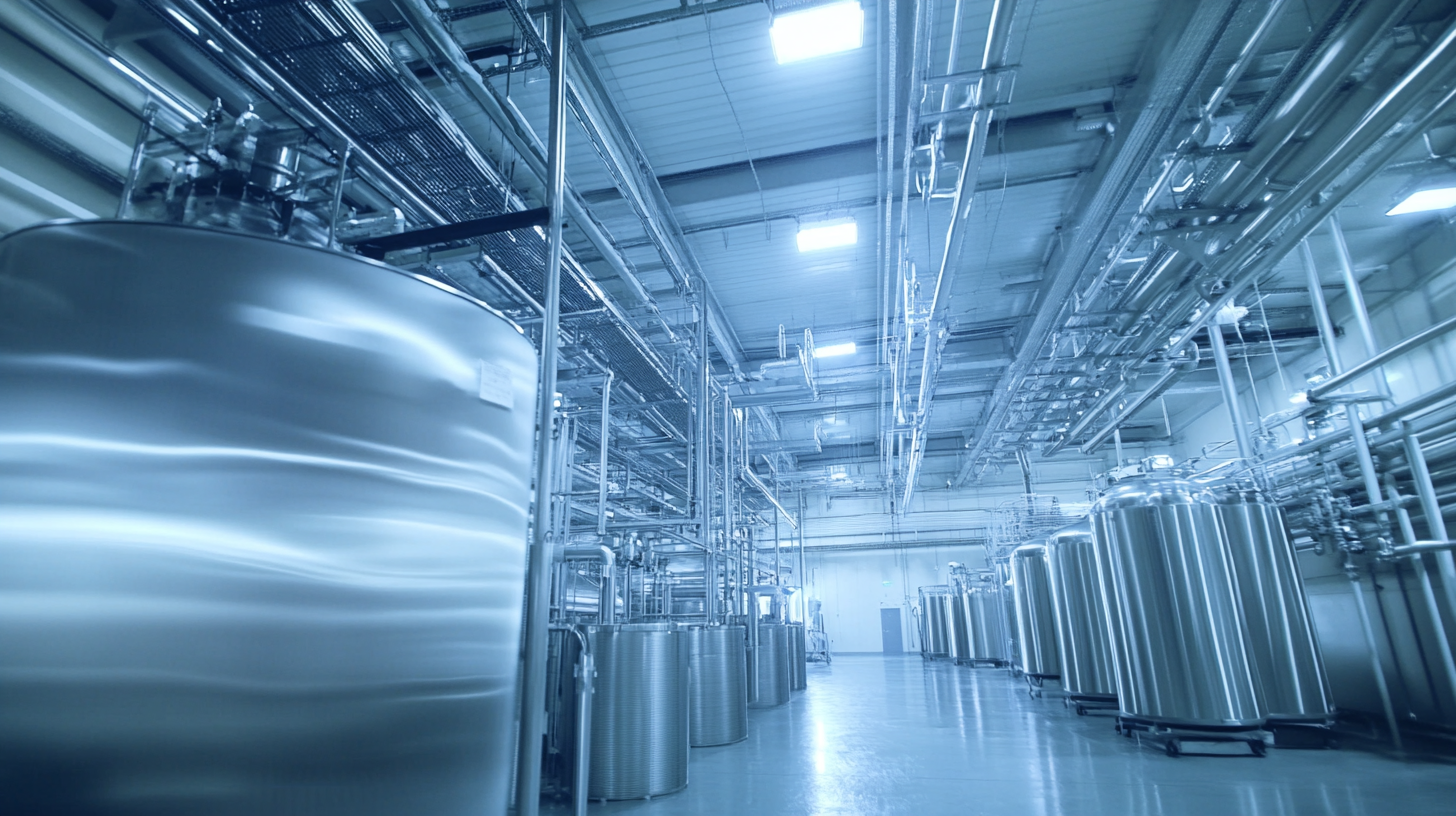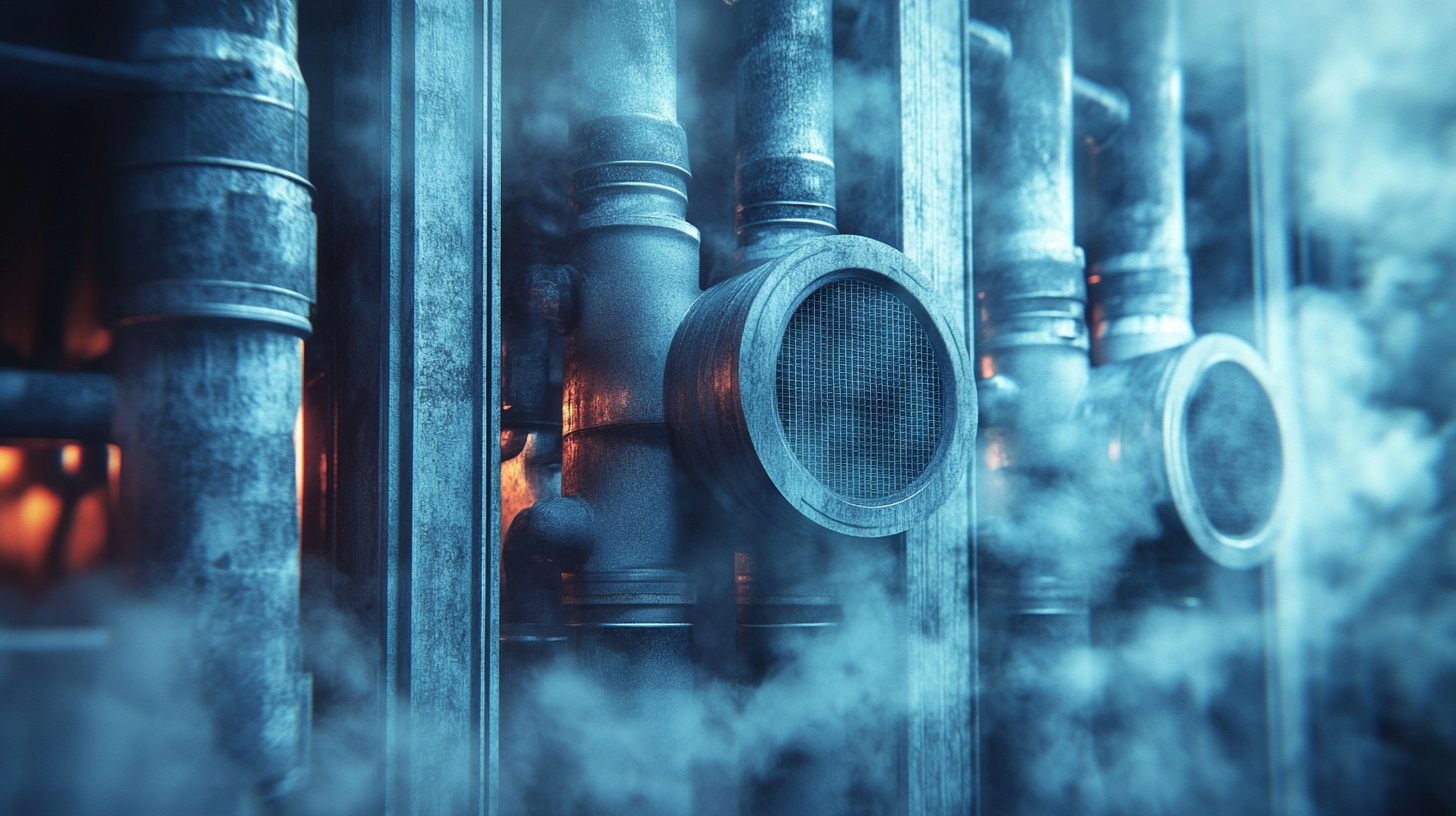
Understanding Industry Production Standards for Best Air Box Technology Insights and Innovations
 In the rapidly evolving landscape of automotive technology, an area that has drawn significant attention is the development and enhancement of the Air Box system. Understanding industry production standards is crucial for manufacturers aiming to optimize performance and ensure compliance with regulatory requirements. The Air Box serves as a pivotal component in managing airflow to the engine, effectively influencing fuel efficiency, engine power, and overall vehicle performance.
As we delve into the latest insights and innovations surrounding Air Box technology, we will explore the top industry trends that drive advancements, highlight key strategies for integration, and address the challenges faced by manufacturers in adhering to stringent production standards. This blog aims to illuminate the intersection of technological innovation and industry regulation, providing readers with a comprehensive overview of best practices in Air Box manufacturing and application.
In the rapidly evolving landscape of automotive technology, an area that has drawn significant attention is the development and enhancement of the Air Box system. Understanding industry production standards is crucial for manufacturers aiming to optimize performance and ensure compliance with regulatory requirements. The Air Box serves as a pivotal component in managing airflow to the engine, effectively influencing fuel efficiency, engine power, and overall vehicle performance.
As we delve into the latest insights and innovations surrounding Air Box technology, we will explore the top industry trends that drive advancements, highlight key strategies for integration, and address the challenges faced by manufacturers in adhering to stringent production standards. This blog aims to illuminate the intersection of technological innovation and industry regulation, providing readers with a comprehensive overview of best practices in Air Box manufacturing and application.
Exploring the Evolution of Air Box Manufacturing Standards in China
The evolution of air box manufacturing standards in China has been marked by significant advancements in technology and design. As manufacturers strive for better performance and efficiency, the air box plays a crucial role in optimizing engine intake and enhancing overall motorcycle performance. In recent years, the push towards stricter environmental regulations and consumer demand for higher performance has compelled manufacturers to innovate continuously.
Tips for manufacturers looking to improve their air box technology include investing in advanced materials that provide better airflow and durability. Using computational fluid dynamics simulations can aid in designing air boxes that minimize turbulence, ultimately leading to improved engine performance. Additionally, collaborating with engineers who have expertise in aerodynamics can yield insights that enhance the efficiency of air box designs.
The air box’s role in noise reduction is also gaining attention, leading manufacturers to explore acoustic treatments within their designs. By focusing on reducing noise while maintaining performance, manufacturers can meet both regulatory requirements and customer expectations. As these trends continue to shape the industry, understanding the evolution of air box standards will be essential for future innovations in motorcycle design.

Key Innovations Driving the Superior Performance of Chinese Air Boxes
The Chinese air box industry has witnessed remarkable innovations that significantly enhance engine performance and efficiency. According to a recent report from the China Automotive Technology and Research Center, advancements in materials and design have led to a reduction in overall weight of air boxes by up to 20%, enabling better integration into modern vehicle architectures. This weight reduction not only optimizes fuel consumption but also improves the vehicle’s overall handling and dynamics.
Moreover, the introduction of advanced filtration technologies has become a game changer for air box systems. Recent statistics indicate that the latest air box designs equipped with high-efficiency particulate air (HEPA) filters are capable of trapping 99.97% of airborne particles, thereby increasing the longevity and reliability of engines. This innovation is particularly crucial in urban environments where air pollution significantly affects engine performance. Manufacturers like Geely and BYD are leading the charge in incorporating such technologies, ensuring that their vehicles meet stringent environmental standards while delivering superior performance.

Comparative Analysis of Global Air Box Standards and China's Competitive Edge
China has been making significant strides in establishing its position in the global air box market by rapidly adopting and enhancing production standards. This competitive edge is not just about innovation in technology but also about how these advancements align with international standards. In comparison with South Korea, which is focusing on digital leadership through standardization, China is leveraging its vast manufacturing capabilities and advancing industrial policies to foster innovation.
Tips for navigating these standards include staying updated on regulatory changes that influence air box technology. Understanding the nuances of compliance can provide manufacturers a significant advantage in both domestic and international markets. Furthermore, collaboration with industry peers to share insights on best practices can lead to enhanced innovations in product design and functionality that meet or exceed global standards.
Moreover, establishing a robust framework for quality assurance that resonates with international benchmarks will not only ensure product reliability but also build trust with consumers. By aligning with global production standards while leveraging local strengths, China can enhance its competitive positioning in the air box technology sector and potentially lead the way in future innovations.
The Role of Technology in Enhancing Air Box Production Efficiency
The evolution of technology has dramatically transformed the manufacturing landscape, particularly in the production of air box technologies. By integrating advanced automation and data analytics, manufacturers are now capable of streamlining their processes, resulting in enhanced production efficiency. Automating repetitive tasks not only minimizes human error but also accelerates throughput, allowing companies to meet demand without compromising on quality. This seamless integration of technology paves the way for more robust manufacturing practices that contribute to overall operational success.
Moreover, the adoption of smart technologies such as IoT and AI has opened new avenues for monitoring and optimizing production workflows. Real-time data collection enables manufacturers to identify bottlenecks and make data-driven decisions swiftly. Predictive maintenance tools can foresee equipment failures before they occur, reducing downtime and maintenance costs. The ability to adjust production parameters dynamically ensures that manufacturers remain agile in a constantly shifting marketplace, ultimately creating more reliable and efficient air box products that meet industry standards and customer expectations.
Future Trends Shaping the Air Box Industry: Insights from China
The air box industry is experiencing transformative changes, particularly influenced by innovations emerging from China. As the demand for efficient air filtration systems escalates, manufacturers are focusing on developing advanced air box technologies that integrate smart features and sustainable materials. Chinese companies are leading the charge with cutting-edge research and development, aiming to enhance performance while reducing environmental impact. These advancements not only comply with international production standards but also set new benchmarks in efficiency and usability.
Looking ahead, the air box industry is poised to embrace further technological advancements. Trends such as the incorporation of artificial intelligence and IoT connectivity are expected to shape future designs, enabling users to monitor air quality in real-time. Additionally, the push for greener production methods is driving manufacturers to adopt eco-friendly materials, which will undoubtedly resonate with environmentally conscious consumers. As these trends unfold, the collaboration between local and international players will likely spur more innovative solutions, positioning China as a key player in the global air box market.
